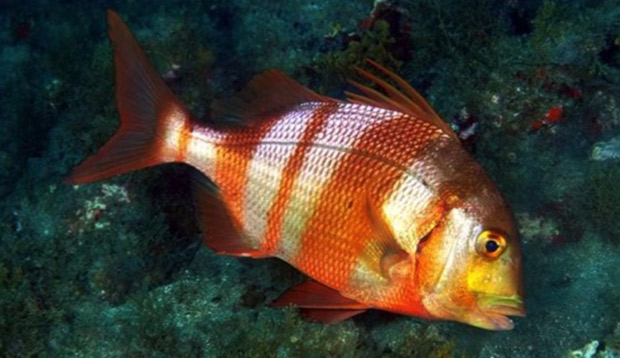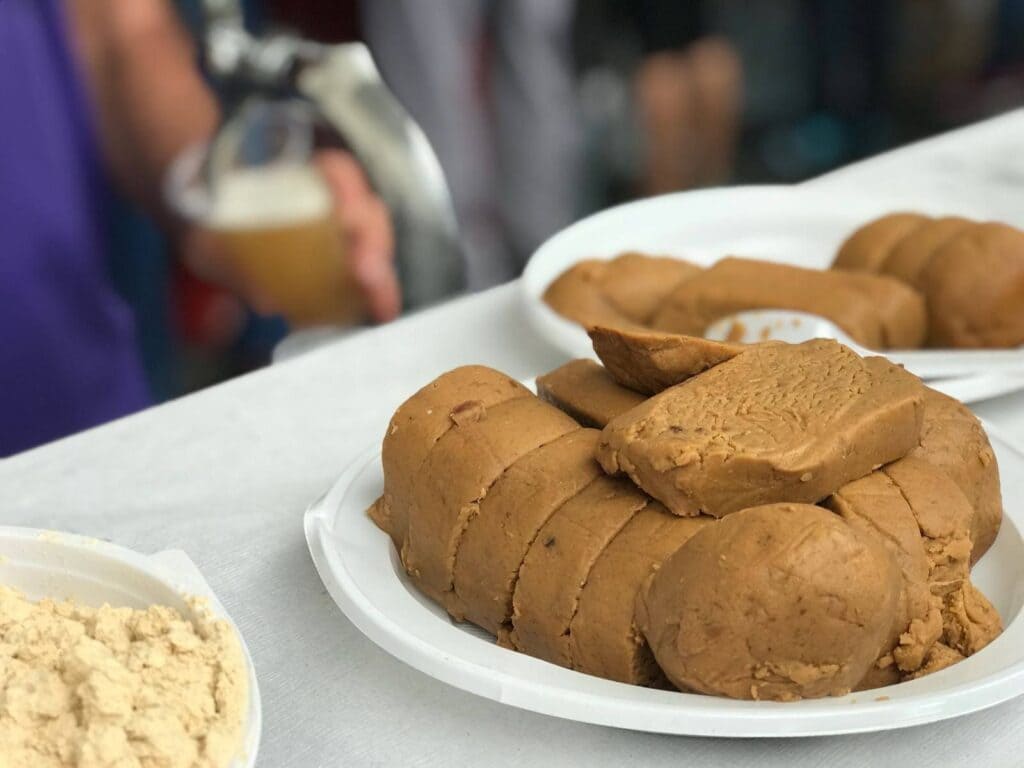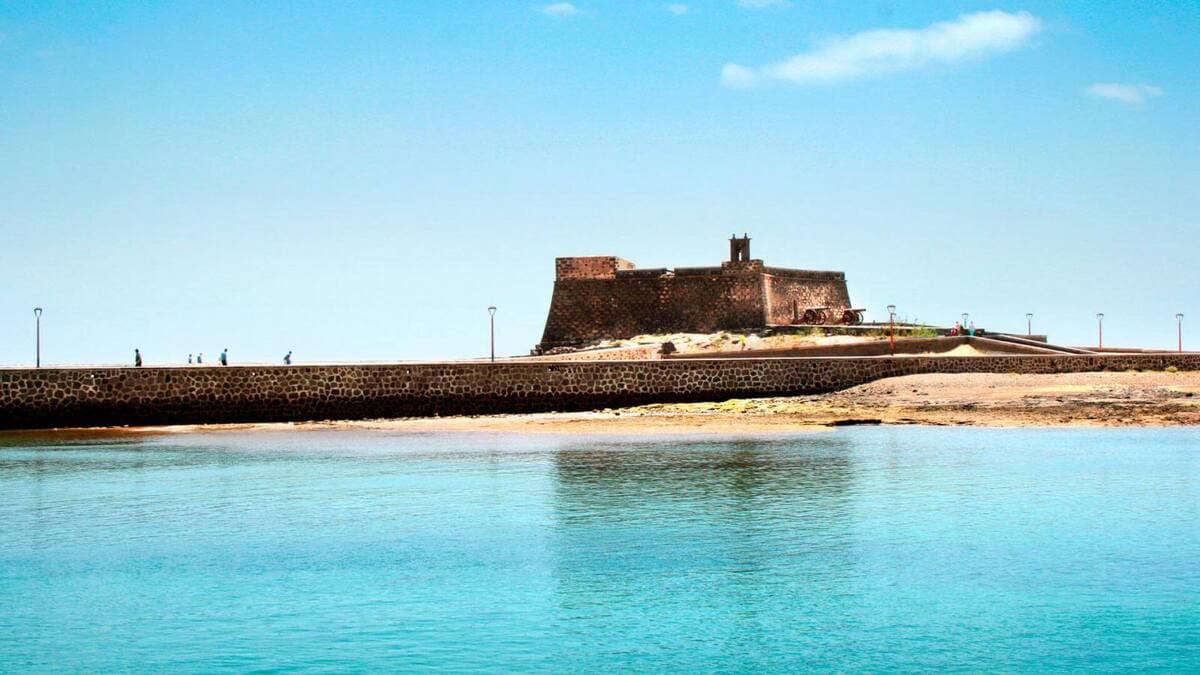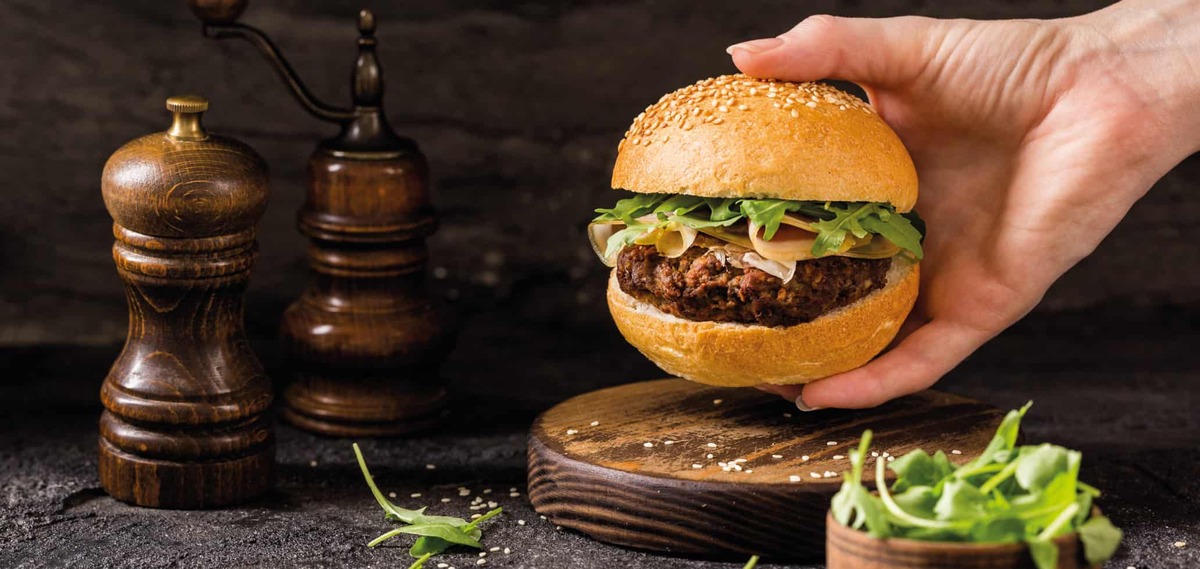The Atlantic Ocean bathes all the coasts of the Canary Islands. The tradition of artisan fishing is still very much alive in the whole archipelago and is regulated by the fishermen's guilds. Canarian fish are a fundamental part of the gastronomy of the Fortunate Islands, and are served in many ways: pickled, fried, marinated, on the back, in salt or in the oven are just some of them.
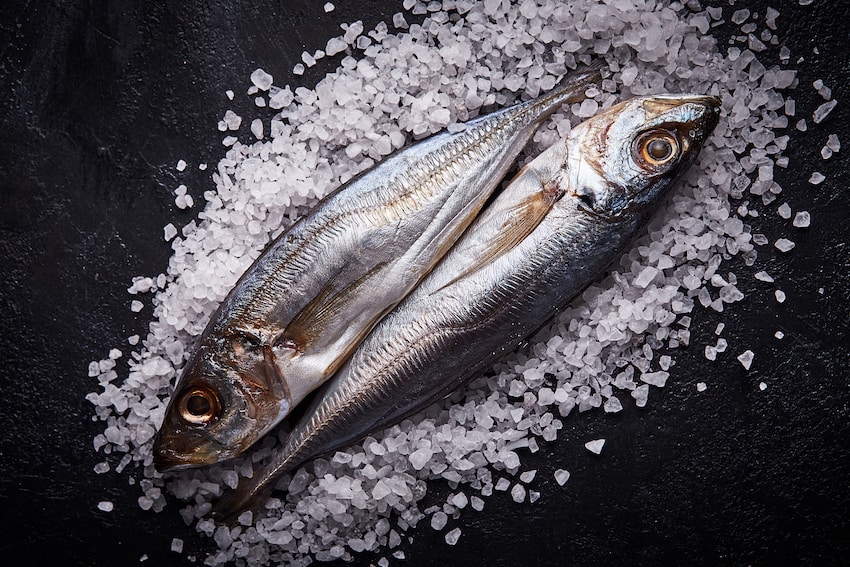
Canarian fish: the best selection
The marine biodiversity of the Canary Islands is one of the richest in the world, with more than 1500 species of molluscs and 700 species of fish.
The archipelago has about 800 fishing boats. In addition to the trawler-freezer fleet, the most important from an economic point of view, the artisanal and coastal fleet is also relevant, old and small boats that fish with traditional fishing gear and are very respectful of the environment.
There are 58 fishing ports on the islands, including those of Santa Cruz de Tenerife and Las Palmas.
Let's see what some of the most popular fish species of the Canary Islands are.
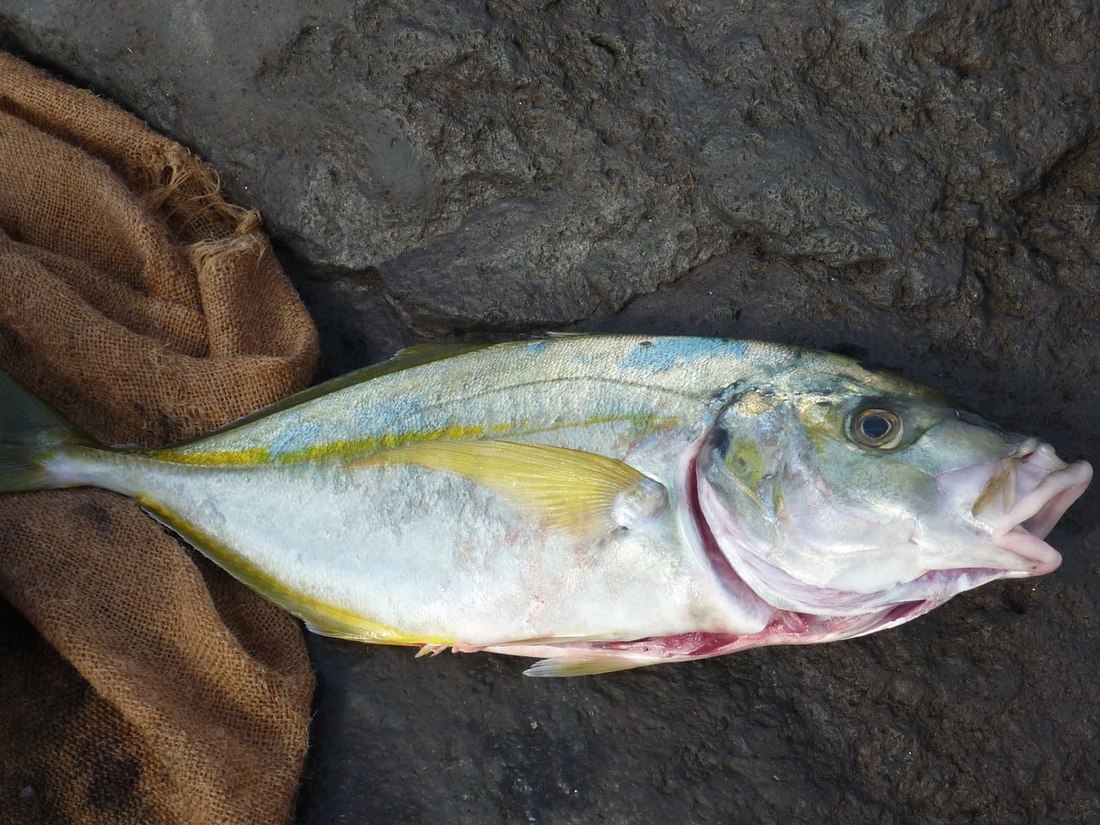
Horse mackerel
Also known as chicharro, it is a typical Canary Island fish with a long tradition in the islands' gastronomy. It is usually eaten fresh and occasionally canned.
The Romans already used horse mackerel on the peninsula to make garum sauce. After the conquest of the Canary Islands in the 15th century, its fishing, consumption and trade spread throughout the islands.
Horse mackerel is a cheap and healthy fish, which explains in large part its great success. It is the most consumed blue fish after anchovy and sardine. Besides, you can find it in the market all year round.
This typical Canarian fish has a compressed and elongated body of a color between blue and green (except in the area of its belly, where its color is silver).
The average size of the cicadas you can buy at the market is about 40 centimeters and about one kilogram in weight.
The quality of its fat makes it advisable to include it in the diets of people with cardiovascular problems. In addition, it is very rich in protein and in vitamin A and D. In contrast, its large quantity of purines makes it unsuitable for those suffering from hyperuricemia or gout.
Sama rocker
The sama roquera is a fish belonging to the family of the espáridos, such as the bream, the mojarra or the dorada. It can weigh up to 11 kilos and measure 90 centimetres.
Its habitat is in shallow waters, between 2 and 200 meters, in rocky areas where they feed on small crustaceans, cephalopods and molluscs, which greatly enriches the taste of its compact and white meat.
It is a highly valued species in sport fishing, and its consumption is widespread throughout the islands.
Nutritionally it is a lean fish, with only 1% fat, very rich in phosphorus, magnesium, calcium, vitamin A and niacin. It provides about 75 calories per 100 grams.
The spring and summer seasons are the best for its consumption. It can be prepared in soups, casseroles, with salt, fried in pieces and baked.
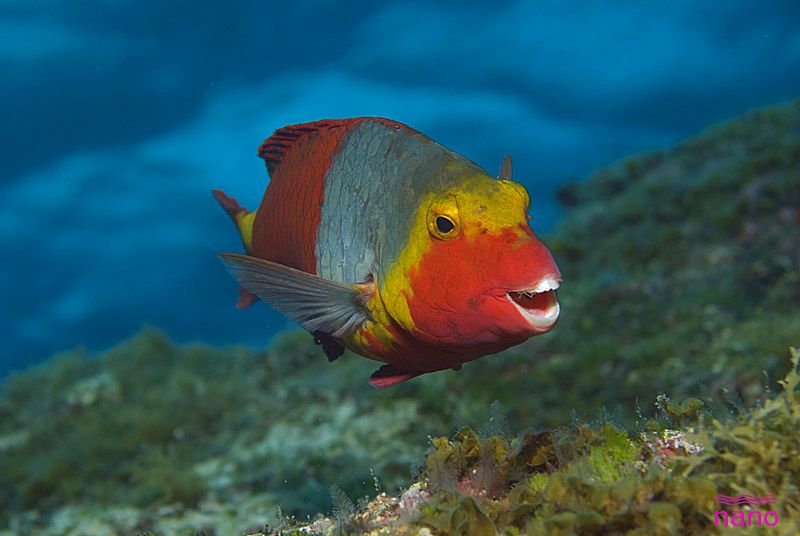
Old
La vieja is a typical Canary Island fish that is very little known in the peninsula. It is a fine white fish, with some similarity to the sole and very traditional in the islands' cuisine.
It is very popular with children because of its easily removable thorns. It is usually accompanied by potatoes, spices, onion, garlic and oil.
It's perfect for both baking and grilling.
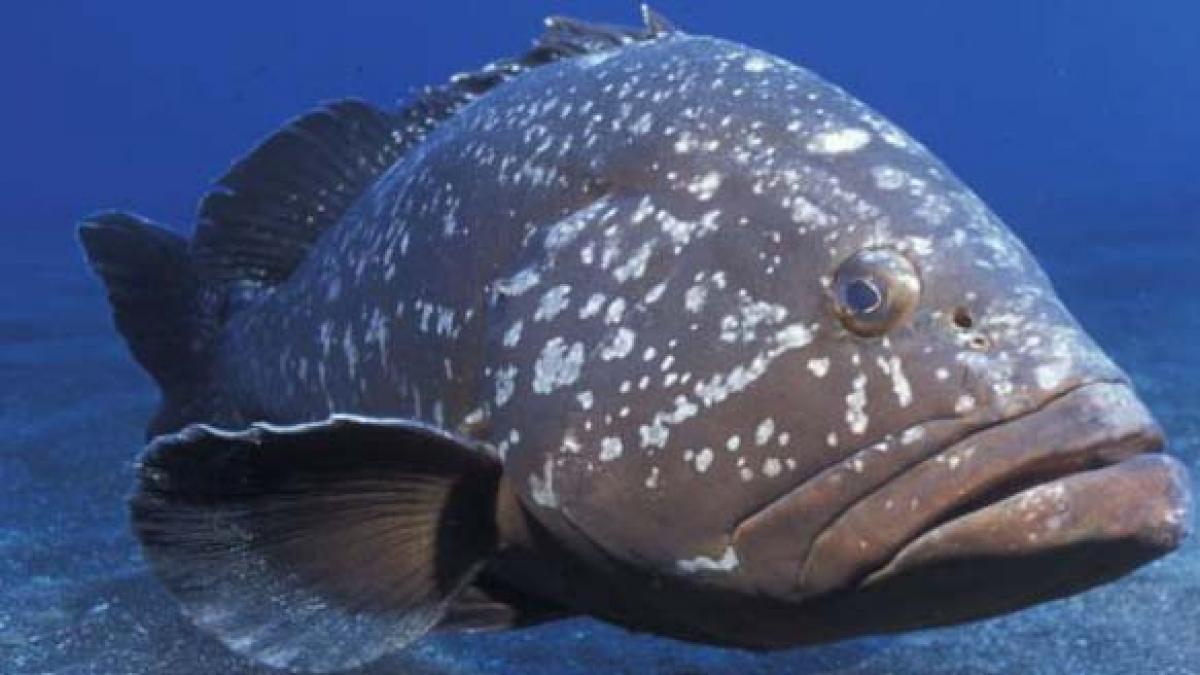
Grouper
Big fish that can reach five feet in length.
In the Canary Islands it is in serious danger of extinction because it is one of the most coveted pieces by divers and its exquisite taste has led to its over-exploitation.
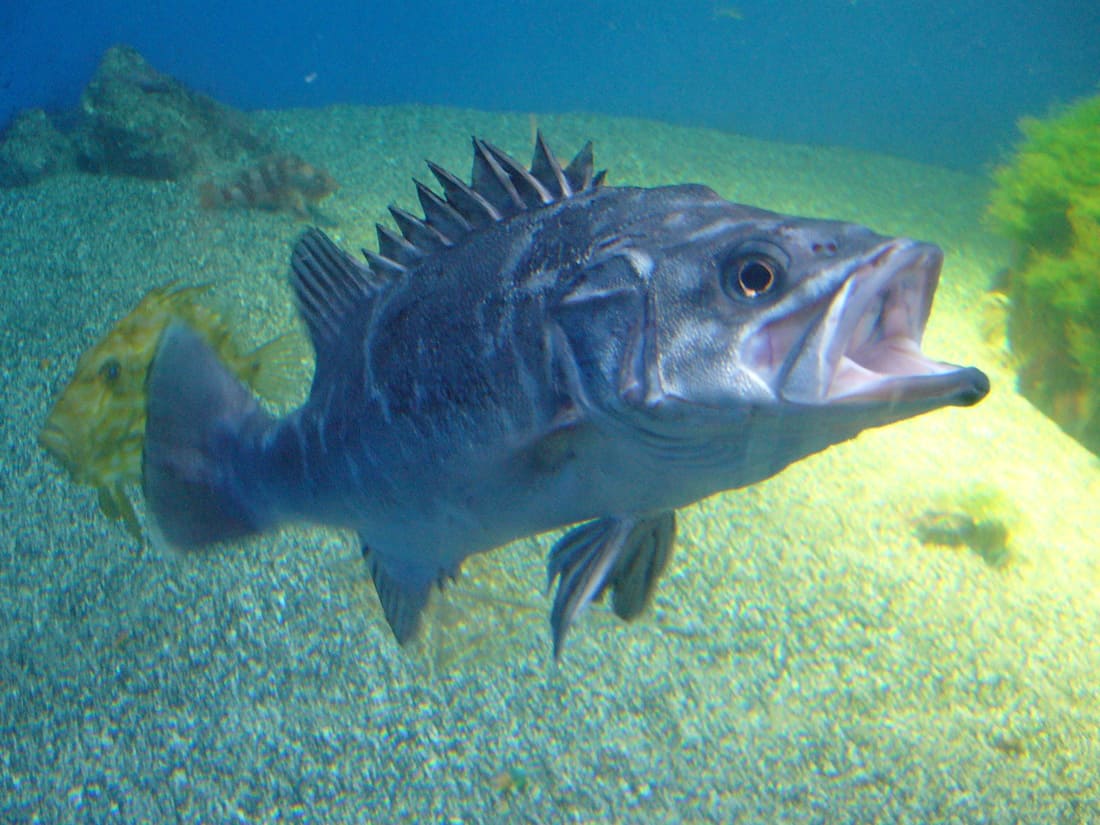
Cherne
Belonging to the grouper family (known as rock grouper), its habitat ranges from the Norwegian coast to the Canary Islands.
This is a large white fish that has also suffered from over-exploitation, so it is now a protected species.
It lives in shallow waters, where it feeds on all kinds of crustaceans, molluscs, fish and algae.
It can be made in different ways: fish stew, green sauce and onions with potatoes are some of them.

Yellowfin tuna or yellowfin tuna
It is one of the four species of Canarian tuna, being the perfect tuna to eat grilled, in stews or casseroles, raw or in tartar (in Japan it is the basis of sashimi-style dishes) or in hamburgers. Yellowfin tuna (Thunnus albacares) is a blue fish low in fat and calories, rich in proteins, fatty acids, omega 3 and omega 6. The flesh is pink and has a very good taste.
The yellowfin has a small head, with small scales, and its name comes from the colour of its second dorsal fin and anal fin, which are highly developed and have intense yellow pinnules. It feeds on anchovies, sardines, horse mackerel and mackerel. It is highly prized in the Canary Islands for a multitude of dishes and recipes.

Anchete, redbanded pigeonfish or red drum
From the bramidae family, the anchovy (Beryx decadactylus) is a high-quality oily fish, ideal for baking. With its white, delicate and tasty flesh and high protein content, it is used fresh, grilled, oven-roasted or in fried slices.
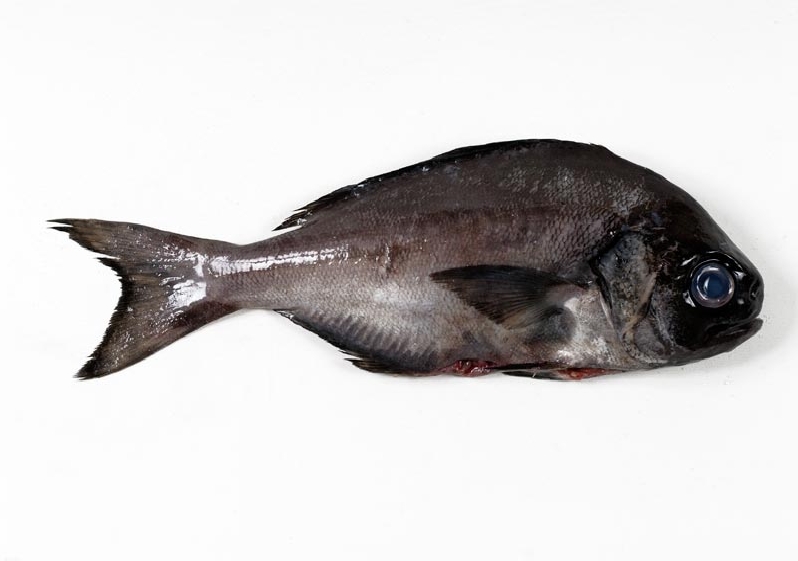
Pampano or rufous
Stromateus fiatola (Stromateus fiatola ) is a tall, laterally compressed blue fish of the Stromateidae family, especially suitable for frying, frying in casserole or frying in salt. It is used whole in the oven. It can measure up to half a metre in length, and its flavour is similar to that of grouper. They feed on crustaceans, jellyfish and small fish. Pink, firm, lean flesh.
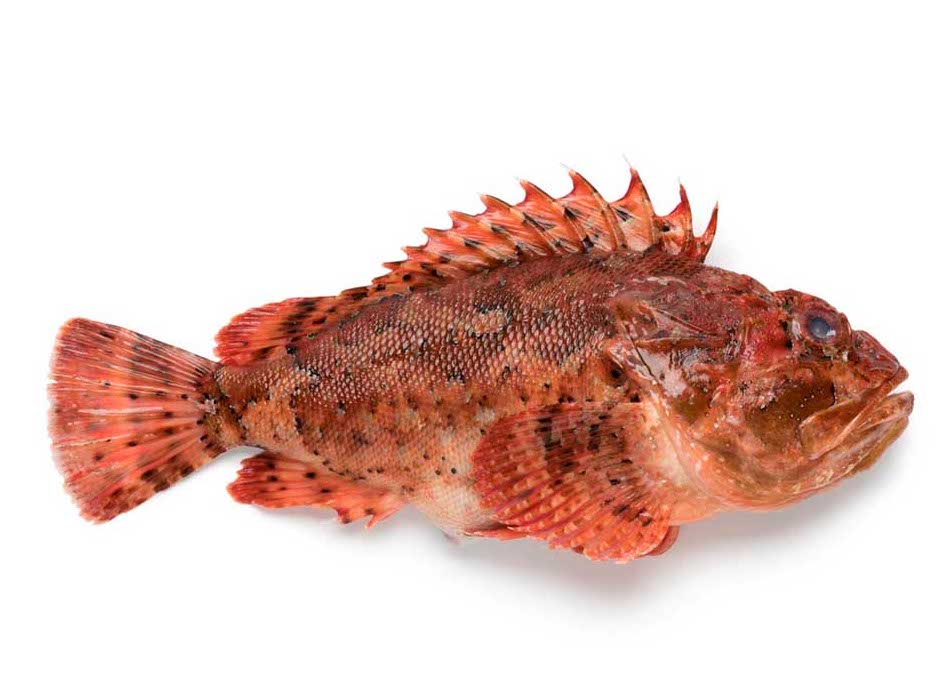
Bocanegra or scorpionfish
The bocanegra or scorpion fish(Helicolenus dactylopterus) is a fish with firm, lean, white flesh, which in the Canary Islands is prepared in various ways: you can eat it in broth, boiled or fried. It is so called because of the inside of its mouth, which is black in colour. It feeds on crustaceans, cephalopods, fish, starfish, worms and other invertebrates.
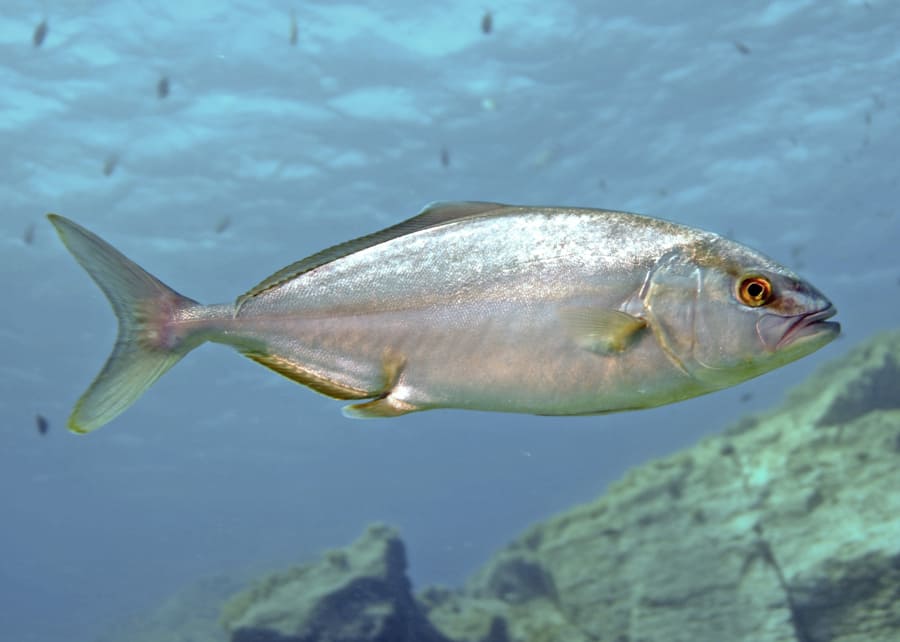
Medregal
The amberjack, which belongs to the carangidae family and lives next to reefs, is another white-fleshed blue Canarian fish with a very subtle and aromatic flavour that is usually prepared with onions, in a casserole, grilled or griddled. In Gran Canaria they are fished at depths of between 100 and 160 metres, while in El Hierro and La Gomera they are fished at 70 metres.
Like any archipelago, the relationship of the Canary Islands with the sea is deep and occurs at all levels. Canary Island fish are loaded with tradition, both in the way they are caught by the fishing fleet and in the way they are prepared in the island's culinary tradition. In short, a fundamental part of Canarian culture.
Photo sources: antopescacanarias.blogspot.com, venacanarias.com, wikipedia, gdegastronomia.es, arkimia.wordpress.com, pescaderíascorunesas.com, coyomar.es.
